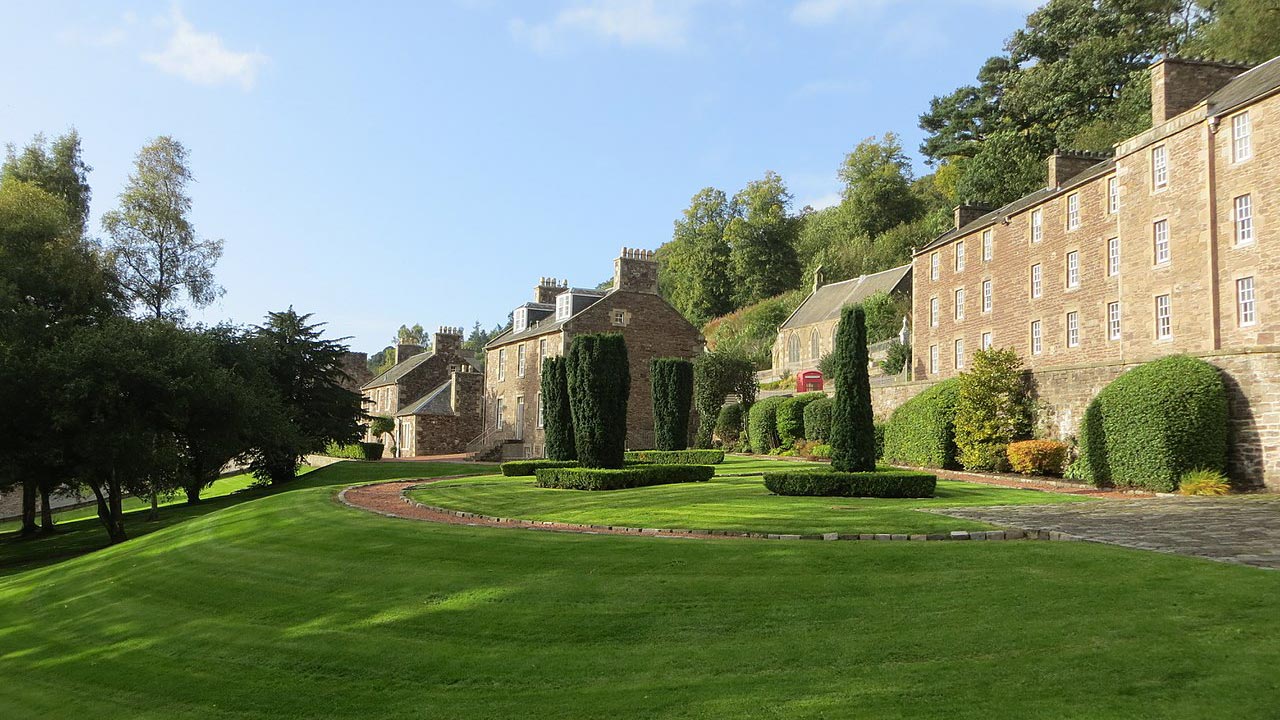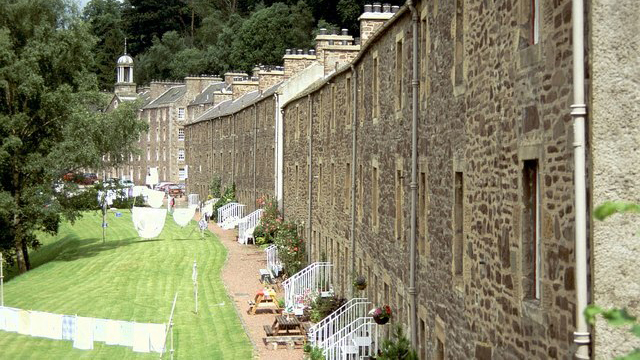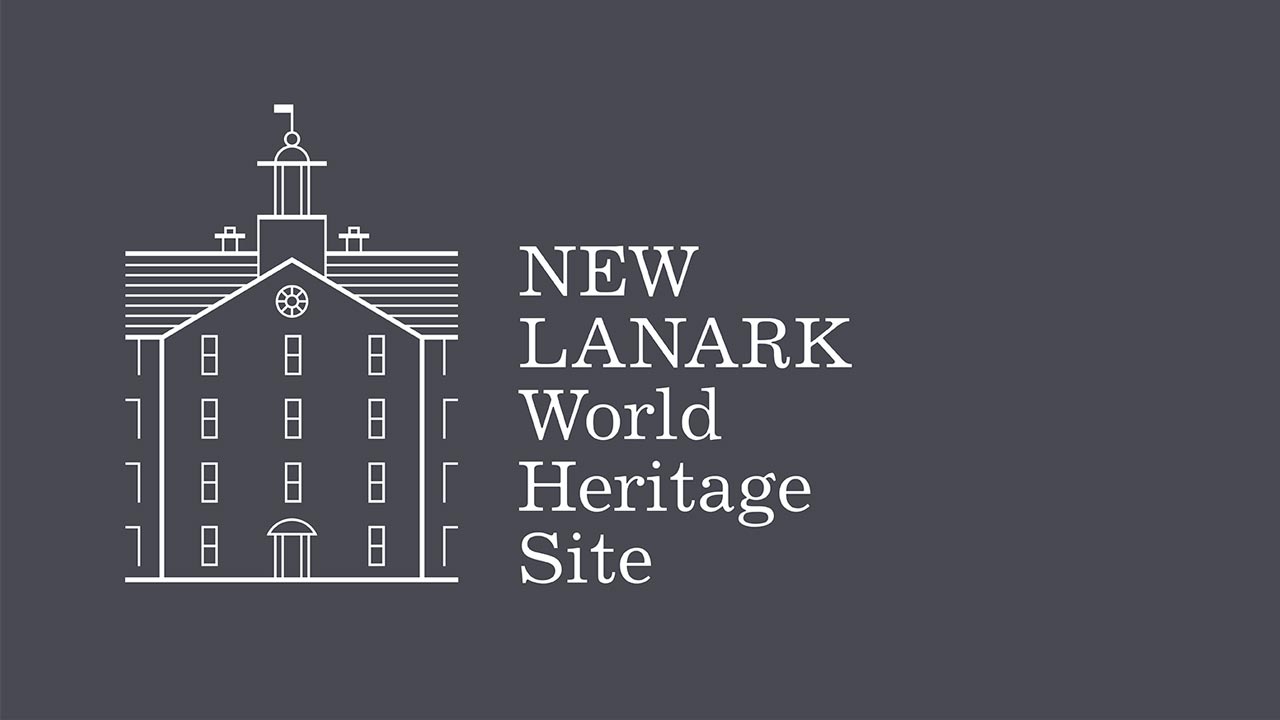
New Lanark
New Lanark, United Kingdom
The Scottish factory town of New Lanark is an early example of a planned settlement and can be seen as a milestone in the historical development of urban planning. It showed it was possible to create a healthy working environment with excellent housing and amenities for the workforce, whilst running a profitable company.
| Garden City Type: | Former company town |
| Country: | United Kingdom |
| City: | New Lanark |
| Years of construction: |
1785 Start construction
|
| Initiator/client: | Robert Owen |
| Architect or related: |
Robert Owen Robert Owen (14 May 1771 – 17 November 1858) was a Welsh textile manufacturer, philanthropist and social reformer, and a founder of utopian socialism and the co-operative movement. He strove to improve factory working conditions, promoted experimental socialistic communities, and sought a more collective approach to child-rearing, |
| Heritage status: | Yes |
| Explanation: | New Lanark is a UNESCO World Heritage Site. |
| General condition of Garden City: | Good condition |
General description
The founders of the cotton weaving mill at New Lanark, on the River Clyde, were Glasgow banker and entrepreneur David Dale, and Richard Arkwright, the inventor and pioneer of industrial cotton spinning. Their partnership dissolved after a year, but Dale continued to run New Lanark for another 15 years, establishing a philanthropic tradition.
Robert Owen married Dave Dale's daughter Caroline in 1799. He formed a partnership to buy his father-in-law's mills at New Lanark in the same year. Owen continued the philanthropic tradition. He instituted a wide range of workplace, social, and educational reforms that led to the idea of New Lanark as an 'ideal' community and of Owen himself as a Socialist. Owen described his work at New Lanark as “the most important experiment for the happiness of the human race that has yet been instituted in any part of the world”.
The cotton mill inspired communities such as New Harmony in Indiana, USA (initiated by Owen), and Orbiston near Glasgow.
Architecture / Urban planning
Since Lanark itself did not have a large enough population to man four large cotton spinning mills in a remote part of the Scottish countryside, founder David Dale knew he would have to supply housing for the workers. In addition to the mills, several other industrial buildings that were key to the manufacturing process were built, together with schools, a church, two (detached) manager's houses, and housing for the workers.
The housing was constructed to a high standard for the time, solidly built from local sandstone with Scotch slate roofs. The houses were built in the tenement style in order to maximise the accommodation that could be fitted into the narrow site and each 'house' consisted of a single room in which an entire family would live. As the population of the village declined, houses were expanded to two or more rooms and the basement rooms (notoriously damp) ceased to be used altogether, instead being used as wash-houses.
Not all of the buildings survived to this day. Some, like Mill 4, were destroyed by fire, others were removed as their purpose became redundant and some were in such a poor condition that they simply could not be saved.
Sources
- Website URL










